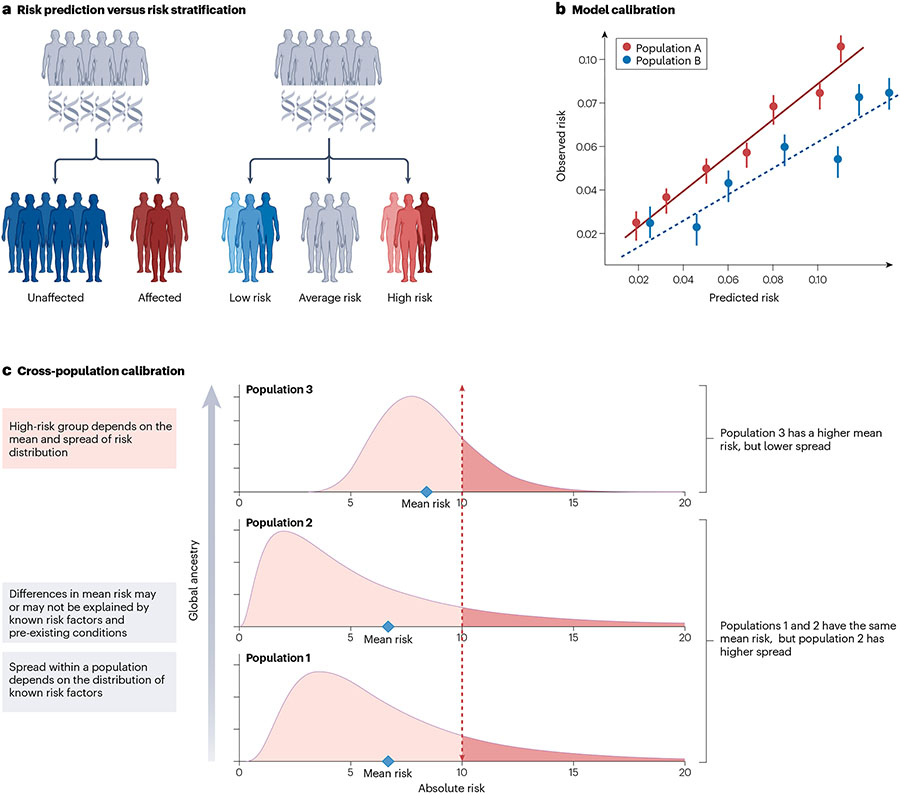Fig. 4 ∣. Considerations for the assessment of PRS clinical utility.
a, Visual representation of the difference between risk prediction and risk stratification. b, An example of model calibration, that is, the agreement between observed and estimated disease risk. Accurate estimation of absolute risks requires well-calibrated models. For instance, risks are systematically overestimated for Population B compared with Population A. c, Cross-population calibration of the polygenic risk score (PRS) distributions, which can have different mean and spread. Differences in calibration between populations arise due to a combination of the genetic and clinical risk factors. Cross-population calibration is important when selecting a single cut-off to identify individuals as high risk across samples with diverse ancestral and sociocultural backgrounds.

